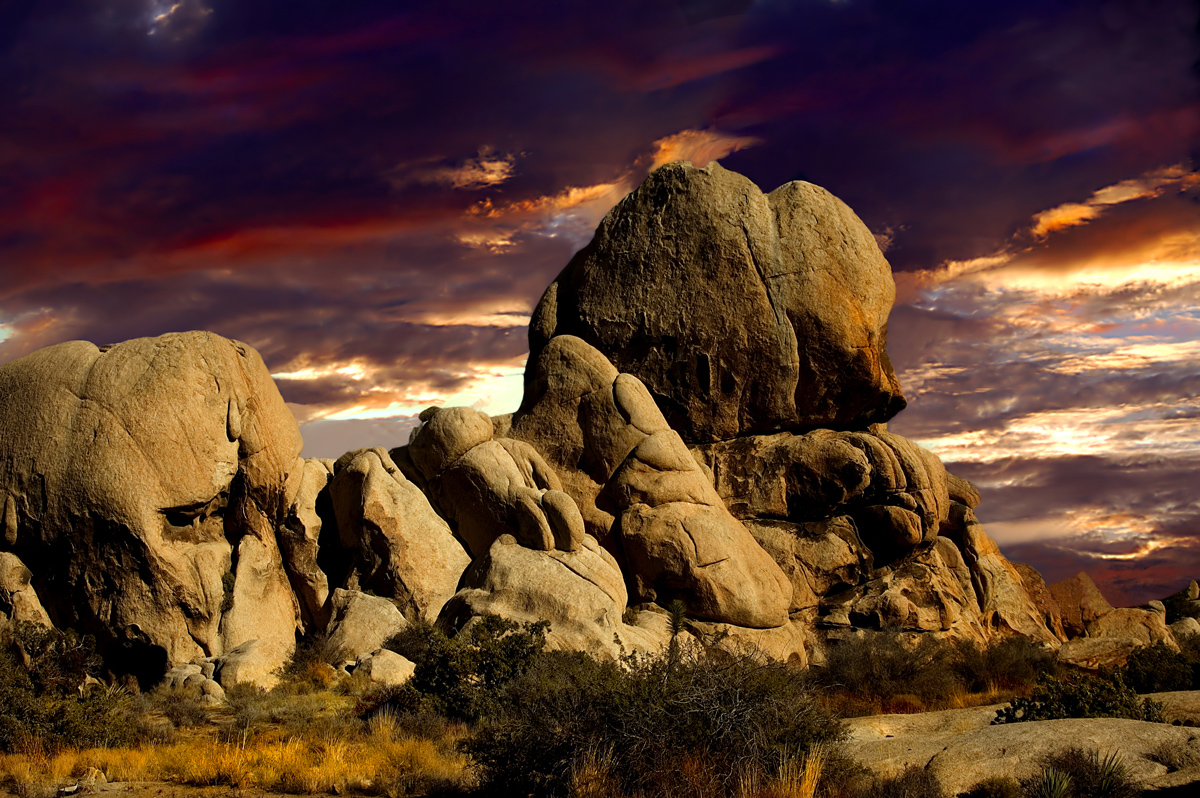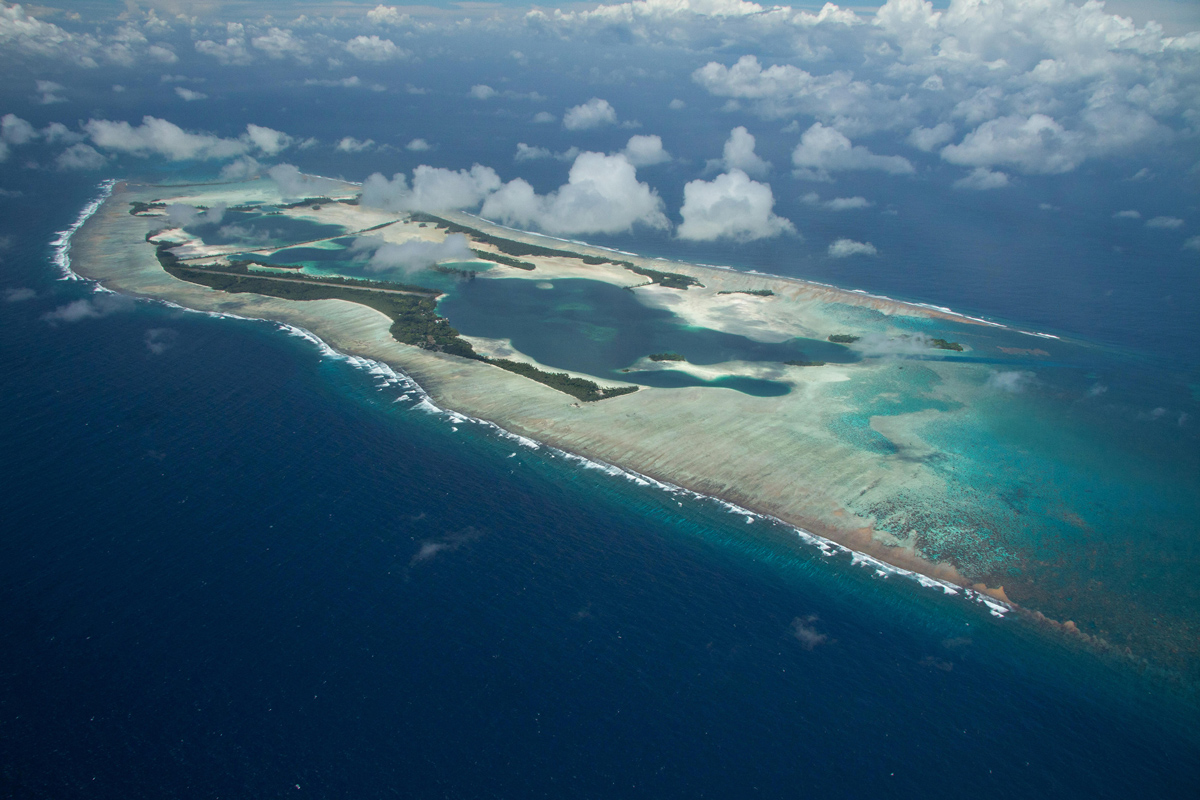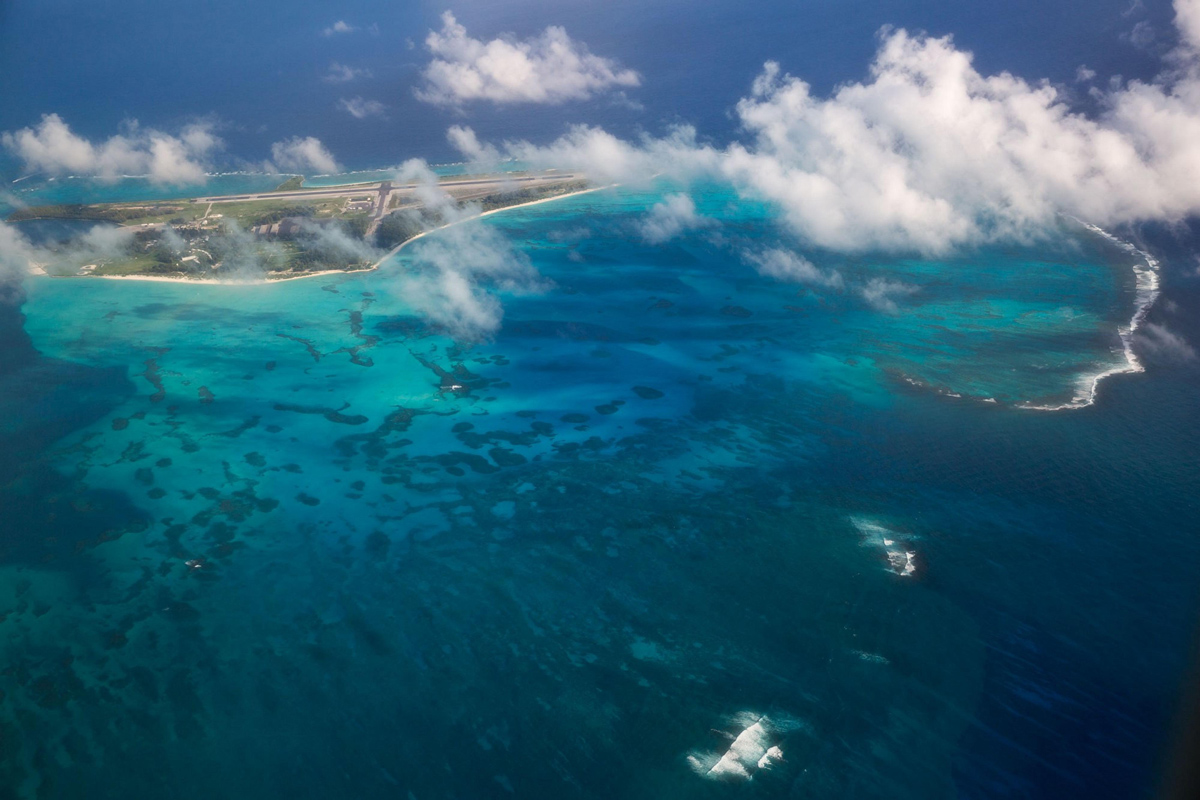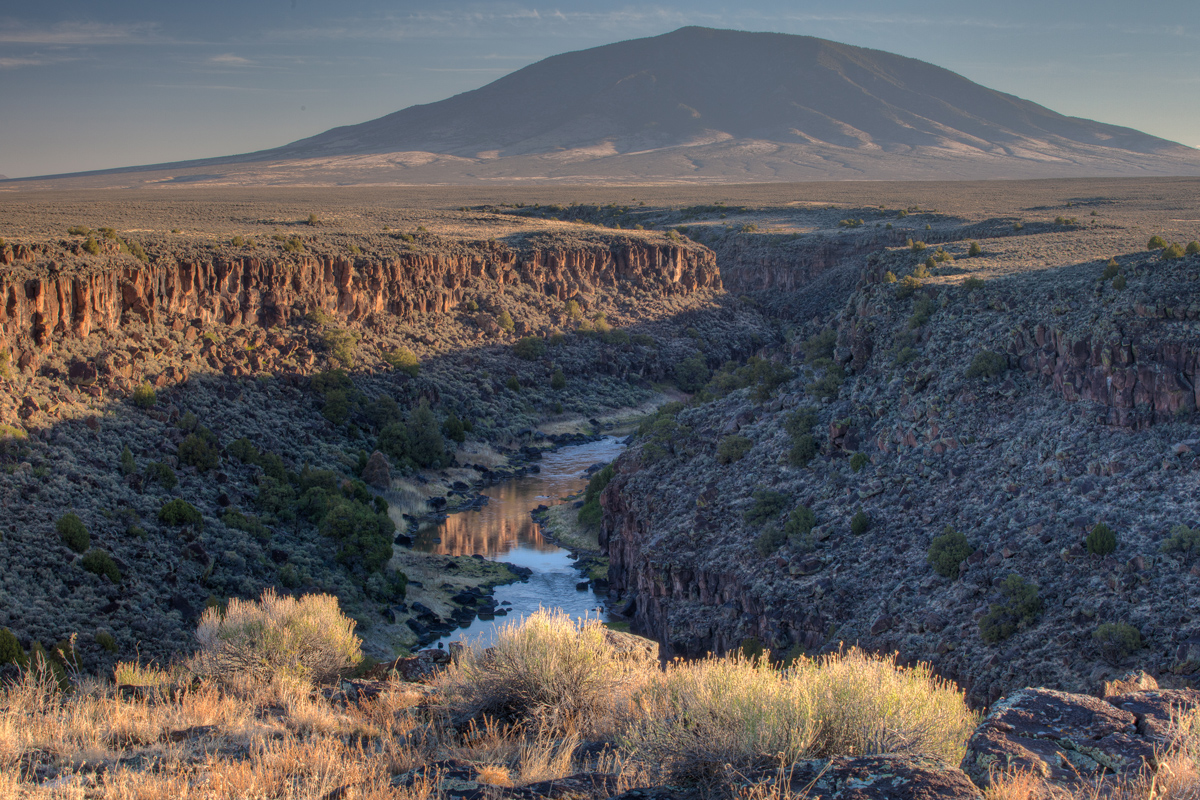Photos: The National Monuments Being Targeted by Trump's Review
Sonoran Desert, Arizona

Iconic saguaro cactuses dominate the landscape in Sonoran Desert National Monument in southern Arizona. This national monument was designated in January 2001 by Bill Clinton and encompasses about 496,000 acres (200,890 ha). According to the official designation proclamation signed by Clinton, the region is also the site of numerous caches of vegetation made by packrats, called middens, which preserve tens of thousands of years of plant records.
Pacific Remote Islands, Hawaii

Pacific Remote Islands National Monument doesn't look like much on a map — just a dot in a big, blue sea. But the 495,181 square mile (1.3 million square km) monument encompasses seven tiny atolls in the U.S. Minor Outlying Islands and their surrounding waters. Created by George W. Bush in 2009 and expanded by Barack Obama in 2014, the monument is a haven for seabirds, coconut crabs and hundreds of coral reef species.
Upper Missouri River Breaks in Montana

The Upper Missouri River Breaks National Monument protects 378,000 acres (153,000 ha) of land along the Missouri River at a site of bluffs and plains near Lewiston, Montana. Bill Clinton designated it as a national monument in January 2001. According to the Billings Gazette, the designation did not change cattle grazing in the area but still upset some local ranchers because Clinton signed the designations as a last-minute act in his presidency.
Papahanaumokuakea in Hawaii

What is now the largest permanent marine protected area in the world was established by George W. Bush as the Northwestern Hawaiian Islands Marine National Monument in June 2006 and was given its Hawaiian name, Papahānaumokuākea, a year later, according to the monument's website. In 2016, Barack Obama expanded the monument to its current size of 582,781 square miles (1.5 million square kilometers). The monument stretches northwest of the Hawaiian islands, encompassing both tiny atolls and their associated reefs.
Marianas Trench

George W. Bush established this 95,216 square mile (247,000 square km) national monument in January 2009. Everything in this monument is underwater. It's located in the Mariana Archipelago and is home to tube worms, sharks, coral reefs, sea turtles, whales and even giant amoebas called xenophyophores that can grow 4 inches (10 cm) in diameter — pretty impressive for a single cell.
Rio Grande del Norte, New Mexico

Established by Barack Obama in March 2013, Rio Grande del Norte is a 242,555 acres (98,562 ha) protected area in northern New Mexico, just south of the Colorado border. Plains, canyons and ancient volcanic cone mountains dot the landscape.
Get the world’s most fascinating discoveries delivered straight to your inbox.

Stephanie Pappas is a contributing writer for Live Science, covering topics ranging from geoscience to archaeology to the human brain and behavior. She was previously a senior writer for Live Science but is now a freelancer based in Denver, Colorado, and regularly contributes to Scientific American and The Monitor, the monthly magazine of the American Psychological Association. Stephanie received a bachelor's degree in psychology from the University of South Carolina and a graduate certificate in science communication from the University of California, Santa Cruz.


